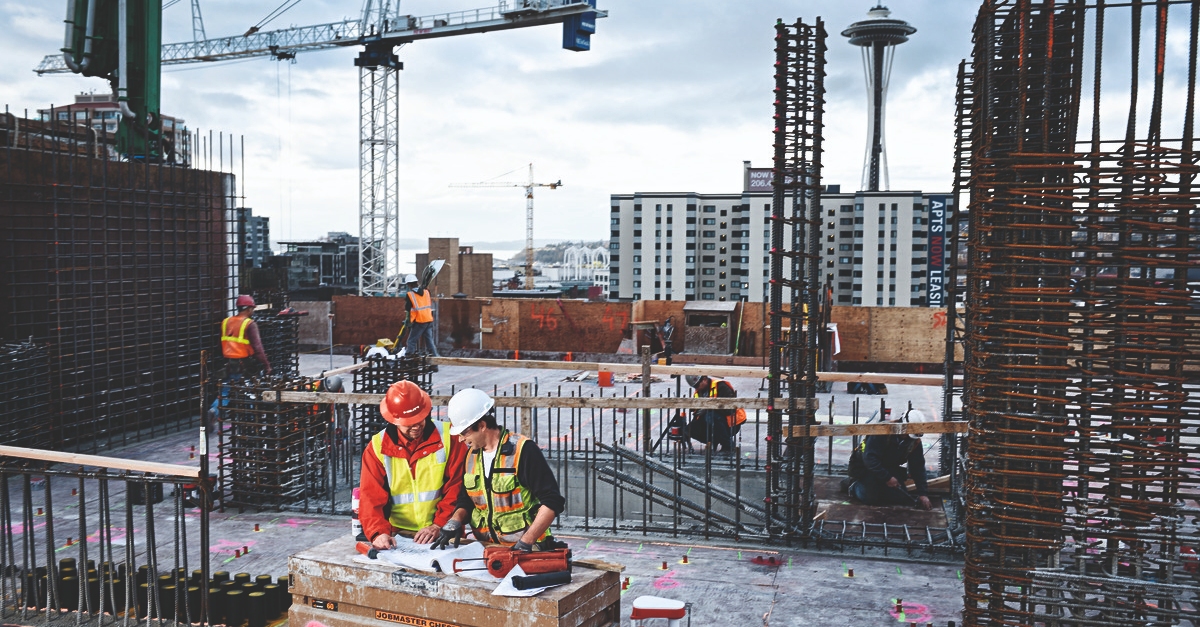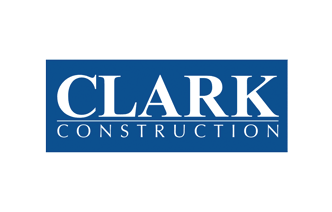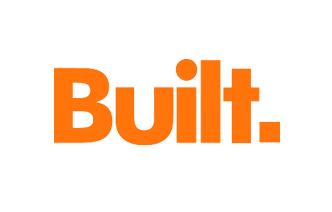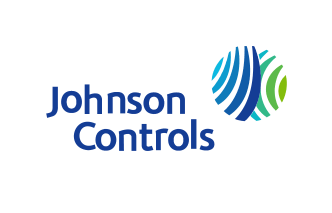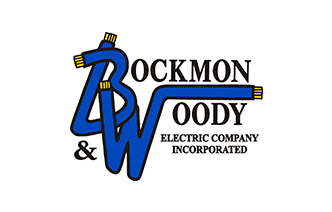QA vs QC in construction: What's the difference and how to improve each

In construction, quality assurance (QA) and quality control (QC) may seem like the same thing, but they refer to different processes. Quality assurance is meant to prevent defects by implementing proactive measures to avoid their occurrence in the first place. Quality control is the process of identifying and correcting defects, usually done by inspectors and engineers during walkthroughs.
While both are done to ensure the project meets the specifications, understanding the difference between QA and QC can help teams avoid rework, therefore saving time and money in construction projects. QA is proactive; QC is reactive. So, the more we have QA, the less we need QC.
QA vs QC: Definitions and differences
| Aspect | Quality Assurance (QA) | Quality Control (QC) |
|---|---|---|
| Goal | Prevent defects | Identify and fix defects |
| Timing | Proactive (before) | In-time or Reactive (after) |
| Activities | Process documentation, checklists | Inspections, testing, punch lists |
| Owner | Project managers, owners, GCs, subcontractors | Inspectors, project engineers, QC managers, subcontractors |
What is QA in construction?
Quality assurance in construction is the implementation of processes to prevent defects and ensure the work is done correctly the first time. As the preventive, proactive part of quality management, its goal is not only to have the project built and delivered according to specifications, but also without the need of corrections and rework.
During the building phase of a project, there are a lot of plan changes, updates, clarifications, and submittals. Because of these constant changes, ensuring the right teams have the latest information in hand is paramount to avoid errors due to working with outdated documents.
Part of quality assurance is to create workflows, usually through digital tools, that make it easy for teams to communicate in real time and share updates constantly. Creating checklists to ensure consistency and standardize procedures is also a best practice in QA. Regular training should also be held to keep site and office teams updated with quality standards, QA procedures, and safety protocols.
What is QC in construction?
In construction, quality control is the process of verifying that the work matches the project’s specifications and the client’s requirements. It involves a number of workers, like building inspectors, third-party inspectors, and QC managers.
One of the first steps of QC are the walkthroughs: inspectors will walk the jobsite to check if the materials used, the equipment installed, and the execution of the work meets the standards needed. They will then create a punch list with all the defects that need to be fixed. The deficiencies are then assigned to the subcontractor responsible for correcting the issue. Another inspection will take place to ensure that the problem was addressed.
Quality Control Plans (QCPs), also called Inspection Test Plans (ITPs), provide the structured framework upon which quality control checklists or inspection sheets are based. They serve as formal documentation to outline when, how, and by whom inspections and tests should be carried out at various stages of work. provide the structured framework upon which quality control checklists or inspection sheets are based.
Instead of waiting until the project is finished, it is best practice to regularly check the jobsite and correct the deficiencies as soon as they are identified. This prevents small defects from escalating into major rework, like a subcontractor performing their work over a defective area and having a more expensive, time-consuming corrective action to perform.
Without QA, you don't have a QC process. Understanding the QA and programme of works is key to efficient QC.

Why QA often falls behind QC
While the construction industry has routine QC processes in place, there is still room for improvement when it comes to QA. Teams are used to doing punch lists, correcting defects, and making sure everything looks good before owner handoffs, so they end up relying more on fixing than preventing problems.
This tendency can be explained by the tight deadlines construction teams face, which can lead them to prioritize short-term solutions instead of long-term efficiency. Understanding the difference between QA and QC can help teams prioritize preventive measures that will reduce the time and money spent in QC processes, and therefore reduce the amount of rework.
A study by the Navigant Construction Forum shows that average rework can cost between 7.25% and 10.89% of total construction cost, and can cause a project delay of approximately 9.8% of the planned project time.
When the impact of rework on budget and schedule is this big, it becomes clear that adopting QA processes with the same diligence as QC is the key to improve efficiency and profitability.
Common causes of rework & quality issues
From wrong material usage to documentation oversight, the causes of rework in construction can vary. But some are more common than others. They usually include:
- Inconsistent communication between field and office
- Lack of process standardization
- Manual punch list tracking
- Poor RFI documentation
- Errors and omissions in design plans
- Inadequate task planning
Learn more: Five Causes of Construction Rework and How to Avoid Them
How digital tools improve QA and QC
Good quality management means avoiding rework as much as possible, and efficiently correcting defects before handoff. With construction management software, both QA and QC processes can be optimized to achieve better results.
Creating digital workflows in apps like Fieldwire help construction teams easily follow QA and QC activities, implement best practices, and standardize processes across projects. Here is a breakdown of how Fieldwire can help create and optimize QA and QC workflows.

RFIs
With Fieldwire, teams can create an RFI in minutes, and get stakeholders notified in real-time. They can also link RFIs with plans and tasks for clear requests. This digital process speeds up the time to submit an RFI and, most importantly, to get an answer. With a seamless RFI workflow, teams can have the information they need to avoid mistakes.
Punch lists
Simplify the punch process using a construction management app to check and report deficiencies. You can quickly complete a punch list walkthrough with Fieldwire and include all the details you need, like a location on the floor plans, photos, checklists, and due dates. Then, simply assign the deficiencies to the subcontractors in a few clicks, and get notifications of their progress.
Inspection reports
To document an inspection and clearly show your project status, digital tools allow you to quickly generate inspection reports in a PDF or spreadsheet by compiling your project’s photos and task information. In Fieldwire, reports are customizable, so you can share as much or as little information as you need.
Fieldwire reports can also be scheduled to be sent automatically on a repeated basis, streamlining documentation and eliminating the hassle of manual reporting.
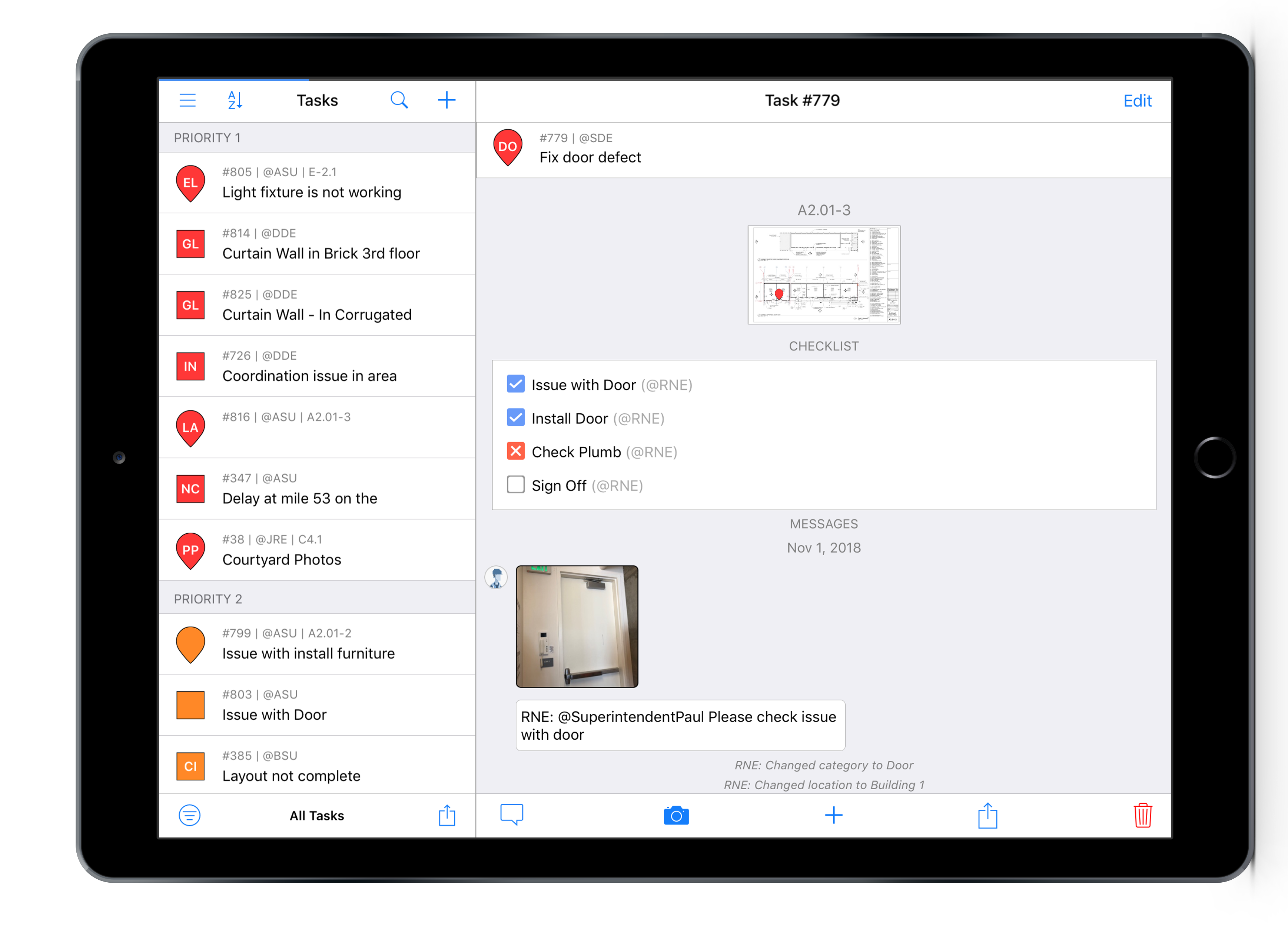
Checklists
With construction management software, you can create standardized checklists and easily import them across multiple projects to promote consistency. If a particular job has a number of steps that must be completed in a certain order, you can add a checklist to a task in Fieldwire to guide subcontractors and ensure proper execution.
This practice not only helps teams meet quality standards, but also saves time: field teams can easily check all items that need to be done, and project managers don’t need to create separate checklists for every project.
Standardized forms
Digital forms help teams be proactive by standardizing quality processes across projects. You can use Fieldwire’s template, or customize your inspection checklist forms, to ensure every team member follows the same requirements.
With construction software, field teams can complete forms on-site using mobile devices, capturing exactly what was done, when, and where. These forms can be directly linked to specific locations on project drawings, making it easier to trace quality checks and identify problem areas quickly. Adding photos, notes, and even signatures enhances the quality of documentation and creates a reliable audit trail.
Use case: Leveraging Fieldwire to reduce rework
General contractor Speller Metcalfe has saved thousands of dollars in rework costs with Fieldwire. The company established a successful quality assurance process using Fieldwire’s custom forms and have been using the software to easily access project documentation and streamline communication.
Speller Metcalfe’s field teams use digital custom forms to document site conditions while doing inspections, so they can identify and locate items on the blueprints. With a standardized process, their teams can get ahead of potential delays much easier. Additionally, doing a punch list walkthrough is faster using Fieldwire’s construction app.
Watch the video to learn more about Speller Metcalfe's experience with Fieldwire:
Improve quality management with Fieldwire
Having poor QA and QC processes in construction can highly increase the amount of rework – either because teams failed to avoid deficiencies in the first place, or because they did not correct them in a timely manner.
With rework impacting so much the budget and deadline of construction projects, establishing better quality management processes is paramount. Adopting digital workflows can help avoid rework and lead construction teams towards more efficient, productive processes.




